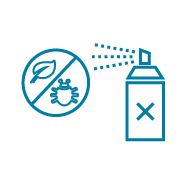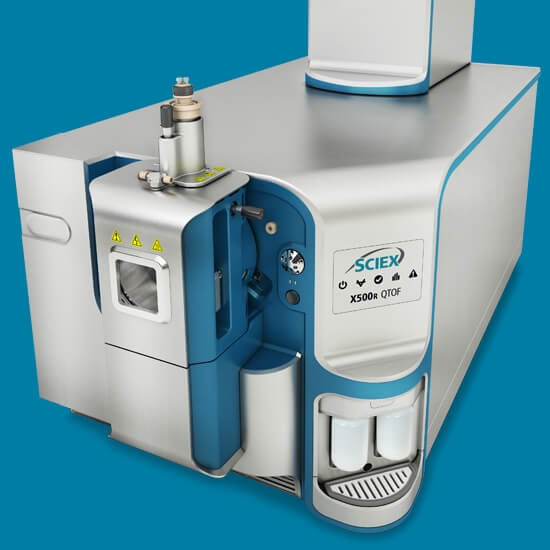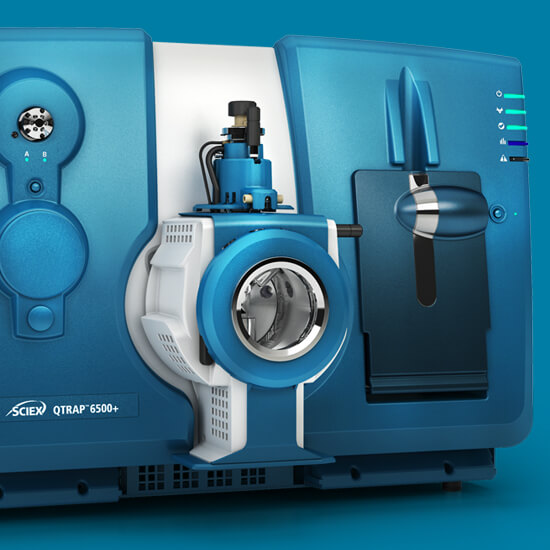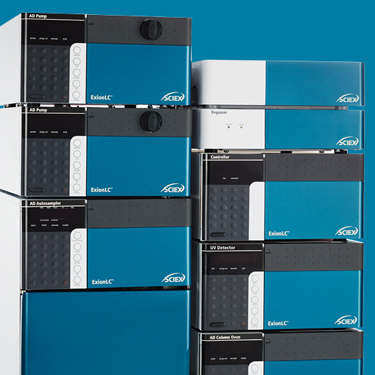Simultaneously monitor hundreds of pesticides

Pesticide and herbicide contamination of water sources is a critical public health concern that demands sensitive, accurate testing methods such as liquid chromatography-tandem mass spectrometry (LC-MS/MS).
We know that clean water is essential for life. But our water quality is threatened by thousands of chemical contaminants. For instance, while farmlands tend to have adequate drainage systems implemented, water from extreme rainfall and irrigation cannot always be contained by the soil structure. This is where the trouble begins. Pesticide and herbicide residues can potentially flow into groundwater and freshwater supplies over a large geographical area. Pesticides are also widely used in gardens and lawns, and can similarly discharge into our water supplies. These contaminants pose potential health risks.1,2
We know the stakes are high. A single drop of pesticide (i.e., herbicide, insecticide, fumigant, etc.) is enough to violate permissible limits, and even more concerning are the health implications of these pesticides when mixed with our drinking water.3
A highly sensitive water testing approach
With LC-MS/MS technology, scientists and researchers can analyze even low levels of pesticides in water, and then use this information to inform risk assessments for human health. SCIEX supports these efforts with sensitive and accurate LC-MS/MS solutions that help enable the efficient testing and monitoring of water, from source to consumer, for a vast range of contaminants. Water testing typically requires time-consuming sample preparation to meet the ultra-low detection limits enforced by regulators. LC-MS/MS solutions from SCIEX for water quality testing provide labs with:

Simultaneously monitor hundreds of pesticides

This easy-to-use accurate mass spectrometer system analyzes data faster using the power of SWATH® Acquisition.

This all-in-one software lets you acquire, process and analyze data, and even generate reports.

Use the MRM sensitivity of a triple quadrupole system to get even better identification and quantification.

Build on the modular design of this system to expand your laboratory's range of applications and analyses.
| Learning Center | |
|---|---|
| Advantages of using triple quadrupole over single quadrupole mass spectrometry to quantify and identify the presence of pesticides in water and soil samples | Download |
| Fast, selective and sensitive screening for more than 1000 targeted pesticides with identification using automated library searching | Download |
| The detection of acidic herbicides and phenyl ureas by LC-MS/MS with large volume injection and automated column switching | Download |
| LC-MS/MS analysis of water using the Eksigent® ekspert microLC 200 and AB SCIEX QTRAP® 4500 | Download |
| Fast and sensitive analysis of paraquat and diquat in drinking water | Download |
| EPA Method 535: Detection of degradates of chloroacetanilides and other acetamide herbicides in water by LC-MS/MS | Download |